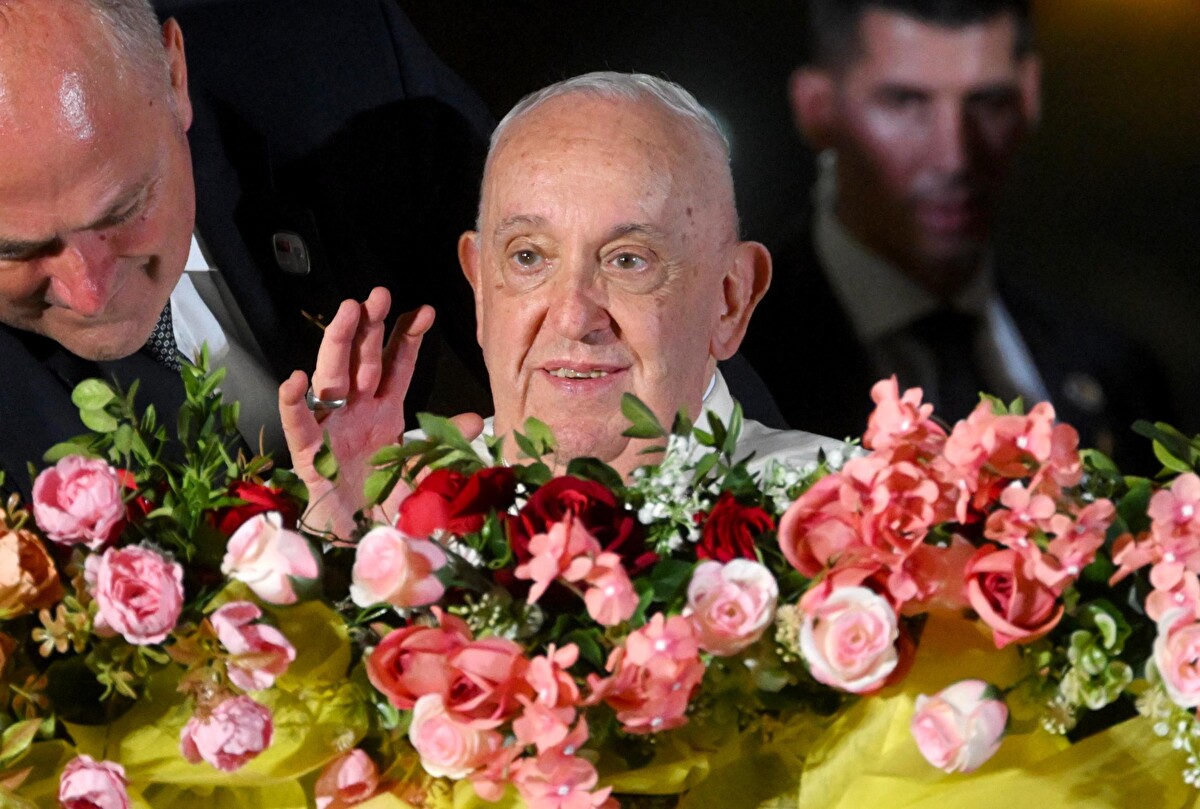
Mention 1968 and Counterculture and immediately people think of hippies hugging trees, bell bottom pants and tie-dyed T-shirts. And maybe, of smoking pot. And while these are clichés and they seem to have captured the popular imagination more than the substantial issues that lay behind the ideology of that troubled era, that doesn’t mean they should be dismissed. Fashion is an outward expression of ideology and clichés endure because they express fundamental truths. In this case, all of them are outward symbols of the collapse of the Era of Conformism embodied by Dwight Eisenhower and signal the emergence of movements that today we take for granted—a reaction against the smugness and torpor that spread in post-WWII America. To understand the issue of protest today, you need to understand the context that produced it.
In the 1950’s “The Man in the Gray Flannel Suit” became the symbol of the cage of conformism, a time when popular culture offered America television images affirming that “Father Knows Best” and women like June Cleaver did their housework wearing a pearl necklace and high heels. “Ladies” like June wore white gloves when they went out and knew that the man brought home the bacon and it was her job to cook it. Everyone was expected to know their place—and stay in it.
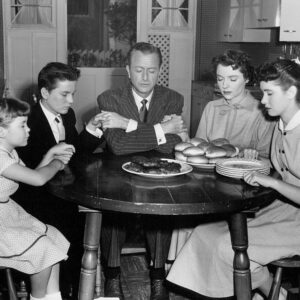
Along came “the hippies” who crashed through all the barriers. Instead of the gray flannel suit, they wore psychedelic colors, instead of the pearls and gloves, bell-bottom trousers (at a time when women did NOT wear pants). Instead of the serious demeanor that was expected of them, they smoked pot and acted out against rules and restrictions. Instead of getting a “real job”, the kind that “The Man in the Gray Flannel Suit” aspired to, they followed Timothy Leary’s advice to “Turn on, tune in, drop out”. In a short time, these ideas would coalesce into the Women’s Liberation Movement (1969), the Gay Rights Movement, the anti-war movement and the Environmental Movement, to name just a few. The complete list is astounding.
But all these movements owe a debt to the Civil Rights Movement that pre-dated them and is considered the “granddaddy” of them all. Yet today, in the wake of the anti-racism protest that the latest outrage provoked, the murder of George Floyd, we are comparing 2020 to 1968. A lot of people have been asking what Dylan Matthew has called “the big, dumb question”, to what extent are they similar or dissimilar?
The scholar Heather Ann Thompson, Pulitzer Award winning author of Blood in the Water: The Attica Prison Uprising of 1971 and Its Legacy answered: “There seem to be so many similarities. Because racial injustice just seems to be baked into the DNA of this country, periodically and throughout history there come these moments when people just can’t take it anymore.” Thompson refers back to the lynching of Emmett Till in 1955, as a similar moment. This was later repeated in 1992 with the Rodney King beating. Her point, and one that needs to be made in order to understand why we keep asking this “big, dumb question,” is that as long as white supremacy persists the protests will continue. To put this in a more immediately relevant manner: it seems that in America racism will never change and that history repeats itself ad infinitum. Is this true? Are we living the 1968 social unrest in the same way?
The short answer to that is, only to the degree that it concerns racism, because 1968 was racial protest and so much more. Without a doubt 1968 was a pivotal moment that changed our world view and that wove together the separate ideological strands that became discrete movements: civil rights, gender identity and the protection of the environment being the major ones. The Gay Pride Parade was initiated in 1970 and Earth Day in 1971.
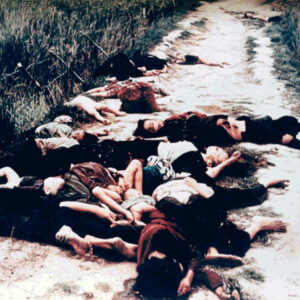
Throughout the 1960’s the Vietnam war was a constant source of anger and outrage in the country. Especially as the decade wore on and later, when news emerged about atrocities such as the My Lai Massacre of innocent civilians- many of them women and children–committed by American soldiers on March 16, 1968. What’s more, the years of bitter protests against the war in Vietnam, first under Johnson and later under Nixon, had grave consequences that went beyond just the social upheaval and the loss of face for America on a global level. The consequences eventually included a constitutional crisis, a confrontation between Nixon and Congress, and ultimately, the resignation of President Nixon. Later still, the anti-war student protests resulted in the Kent State shootings in May 1970.
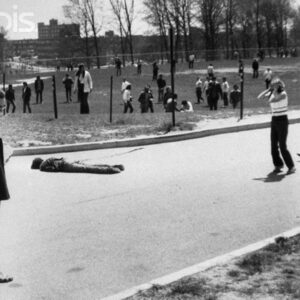
But comparisons between 1968 and 2020 can only reach so far and if we look for similarities then we must also distinguish the differences. For a starter, it’s crucial to note that even within the civil rights movement itself there was discord about both ideology and procedure between the followers of Martin Luther King, who advocated peaceful protest, and Malcolm X, who had adopted Mao Tse Tung’s slogan, “Political power comes through the barrel of a gun”, a slogan later made more famous by the Black Panther Party which advocated all-out violence and revolution.
A major difference in the response to the social protests that started in the summer of 1967 and persisted through 1968, when there were violent protests in 164 cities, is the government’s response. In 1967 Lyndon Johnson’s administration made an effort to understand the causes of the “riots” and established commissions to study police violence and racism—and eventually released the Kerner’s Commission Report which confirmed that “racism and police brutality were the primary causes in the surge in riots” and that “Our nation is moving toward two societies, one black, one white — separate and unequal,” . Today Trump, taking a page out of the playbook of conspiracy theorists, blames it all on Antifa. It has been pointed out more than once that today these are grassroots protests, coalitions of “woke” people who demand changes. Unlike 1968, when the protests were organized and led by the NAACP or the Urban League and political leaders were in the forefront.
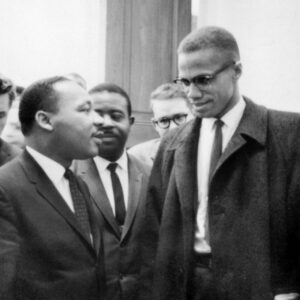
Nowadays, Trump instigates more violence through his unofficial yet very real strategy of racial division to curry political favor with his base. “When the looting starts, the shooting starts” is not a slogan that we expect out of the mouth of a President who should see his role as pacifier of the nation but rather, as one who throws fuel on a fire that is already raging. Nevertheless, it is sad to note that despite the studies and the reports that the Johnson administration authorized and produced, very little changed after 1968 because the root causes of the social and economic inequality were not tackled, what Thompson has called the racism that is “baked in the DNA” of America. And so here we are again in 2020 fighting the same war in even more difficult circumstances. To name just two: today we’re in the midst of a deadly pandemic as well, and whereas the unemployment rate in 1968 was 3.5%, today it is 14.7%.
A crucial point to keep in mind when we ask ourselves if we are reliving the 1968 upheavals is that they occurred before the advent of Cable TV and the Internet. As I have discussed in a previous article, before Cablevision there were only 5 major channels and news was consumed only a few times a day for a period each of 30 minutes. Cablevision saw the proliferation of many new channels and 24/7 coverage. This trend only increased over the years until it meant that news coverage reached saturation point and people eventually started to consume news by “niche” or “consensus outlets”. This is especially true today when the nation is strictly self-divided along partisan lines. There are FoxNews and CNN News watchers. Minds today are not open to persuasion—especially in the Trump era of partisan warfare that spills over into every aspect of life—even to wearing a potentially life-saving mask during a pandemic.
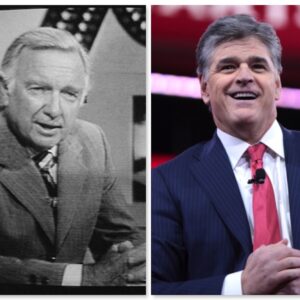
Today the media “spins” events to create suitable narratives, pandering to extremists and haters at both ends of the ideological spectrum. By doing so it exerts control over the viewer—and indeed, over the outcome of events; if for no other reason than that it is ubiquitous on Cable and streaming services 24/7 and repetition creates confidence and the illusion of truth. Add to this that today social media facilitates the propagation of conspiracy theories, “fake news” and social hatred—something that did not exist in 1968.
These differences between 1968 and 2020 are internal to the US, but there is an even greater difference that we need to consider. 1968 was a global movement. In France a coalition of students linked up with wildcat strikes of up to ten million workers, and came close to overthrowing the government. In Northern Ireland 1968 marked the beginning of the violent period come to be known as “The Troubles.”

Similarly, in Mexico the general climate of rebellion against the “Establishment,” a symbol for authoritarian repression, culminated in the Tlatelolco Massacre in Mexico City, while in Brazil this same climate of rebellion escalated the guerrilla resistance against the military dictatorship.
Yet there is a paradox inherent in a comparison of 1968 to 2020: while the pre-internet years meant very limited coverage of the news, and the absence of social media limited self-expression, this scarcity did not prevent the youth/student movement from expanding to all Western countries. 1968 was the era of the expansion of liberal ideology in all areas: human relations, civil rights, sexual identity, anti-war, ecology. Today, in the era of Trump, the US seems to be promoting the expansion of reactionary/fascist ideology. Witness the rise of Trump clones such as Matteo Salvini, Jair Bolsonaro, Narendra Modi and Boris Johnson.
It is worth reminding ourselves that after the social unrest of the late 1960’s Richard Nixon was elected on a platform of “law and order”, surely a backlash to the violence that had made people jittery. But what does that mean today, when Trump has not only already touted that slogan in his election campaign of 2016 and won, but threatens to send in the military to enforce Martial Law and “shoot looters” to end what have been by and large peaceful protests? Have we made any progress since 1968?



